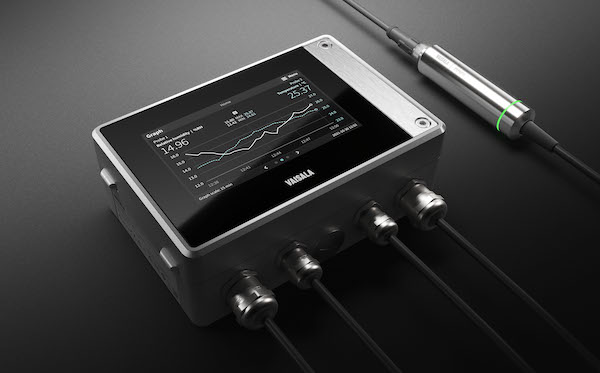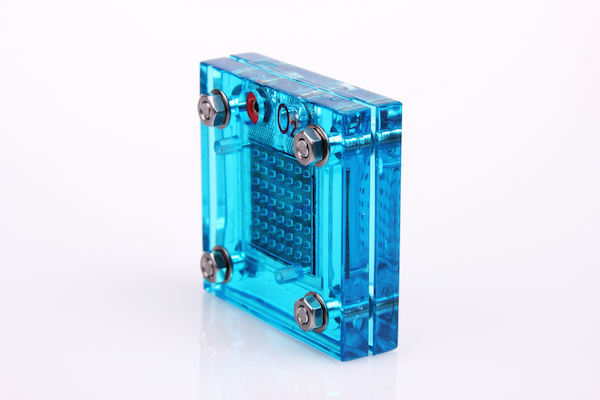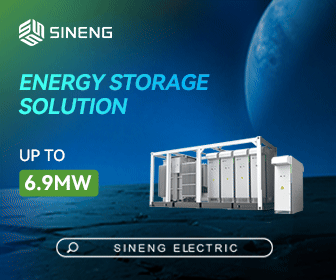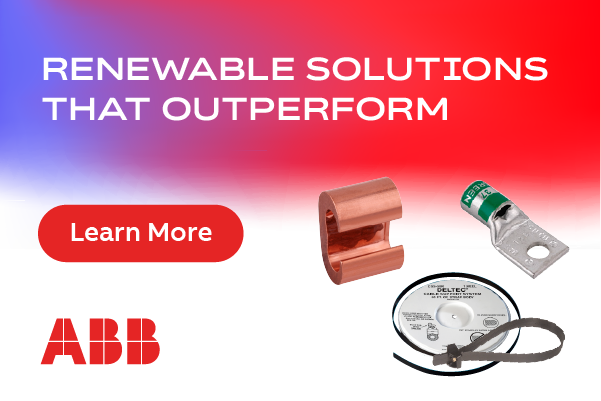Precision Humidity Measurement Drives Fuel Cell Development Forward
Not enough people know that hydrogen fuel cells are a zero-emission energy technology. Even fewer know water vapor's outsized role in electrochemical processes and reactions.
Producing electricity through a clean electrochemical process with water and heat as the only byproducts, well-designed fuel cells can reach 60 percent efficiency in converting hydrogen's chemical energy to electrical energy. As the global transition accelerates from fossil fuels toward cleaner energy sources, hydrogen fuel cells emerge as a clean and environmentally friendly option for power generation.
Despite being more than two times more efficient than traditional combustion technologies, fuel cells have complex technical requirements to function efficiently, including precise control of humidity levels. Too much or too little moisture can harm their performance and durability, underscoring the vital importance of accurate humidity measurement in the research, development, and testing of fuel cell systems.
To produce accurate and repeatable data, test systems that evaluate fuel cell and membrane performance must precisely control humidity, even in environments dependent on the presence of water. Unfortunately, maintaining accurate and stable humidity levels is difficult.
Consequently, calibration must account for the specific challenges of high dew point environments. Enter state-of-the-art humidity and temperature measurement to enable innovation in fuel cell technology.

Humidity’s impact on fuel cell operation and test systems
A fuel cell's performance is directly linked to the precise control of humidity levels within the system.
Humidity control is critical for fuel cells due to the proton exchange mechanism that enables their function. Fuel cells utilize a polymer electrolyte membrane (PEM) to conduct protons between the anode and cathode. When adequately hydrated, the PEM exhibits high proton conductivity and low electrical resistance. However, if the membrane becomes too dry, conductivity drops drastically and impedes the fuel cell’s power output.
Conversely, excessive moisture can damage the membrane and degrade performance, causing mechanical degradation and loss of integrity over time. The result is increased electrical resistance and reduced voltage.
Therefore, the humidity of the reactant gases — hydrogen on the anode side and air on the cathode side — must be controlled to preserve membrane integrity. Even minor variation outside the ideal range impacts the fuel cell’s efficiency and operating lifetime. Even worse, improper temperature and moisture control can eventually destroy the fuel cell.
Fuel cell test systems imitate real-world operating conditions in a controlled laboratory environment. Researchers use test systems to evaluate factors like efficiency, durability, and peak performance under different parameters; humidity is understandably among the most crucial test variables.
Test instrumentation that cannot minimize humidity variability and condensation will struggle to produce valuable, empirical data — the information that drives engineering advancements improving efficiency, durability, and viability.
Calibration precision in high dew point environments
In fuel cell test systems, precise humidity control helps produce stable, reproducible humidity levels and accurate, repeatable data. As noted, moisture level variations can significantly impact fuel cell testing results. If moisture levels fluctuate during testing, the data skews. Even small ambient changes in dew point temperature can alter the humidity enough to considerably affect test outcomes.

Poor humidity control also hampers the ability to reliably compare results under consistent test conditions, which makes identifying performance improvements from adjustments made between iterations difficult. However, maintaining accuracy becomes exponentially more difficult as the dew point increases. High dew point conditions above 80° C approach the upper limits of most commercial humidity instrumentation, as water vapor condensation on the sensor causes erratic readings and potential damage.
Calibration procedures must account for these issues to ensure reliable performance while retaining high accuracy across a wide measurement range encompassing the extreme dew points involved in fuel cell testing applications. A difference of just one degree in dew point can skew relative humidity readings by up to 5 percent in these environments. Such sensitivity makes accurate calibration challenging.
To advance fuel cell technology through robust testing, researchers demand specialized humidity instrumentation capable of precise measurement and rapid response times, despite condensation risks.
How specialized humidity monitoring instrumentation helps
Specialized humidity instrumentation for high-performance fuel cell applications significantly benefits test system calibration. By enabling accurate, repeatable calibration — even under extreme conditions — state-of-the-art humidity and temperature monitoring technology provides accurate information critical to delivering real engineering insights for business results.
With precise humidity control, researchers can reliably assess factors like peak fuel cell efficiency or durability, and confidently compare iterative results for optimal performance. Repeatability is equally vital in fuel cell R&D; engineers rely on controlled experiments that isolate the impact of incremental design changes to assess the technology's readiness for real-world applications.
For example, incorporating reliable humidity sensors and monitoring systems is crucial for the development of high-quality instrumentation and software for electrochemical research and development in the U.S. The resulting fuel cell test systems accurately produce a very stable, reproducible amount of water vapor within their gas stream.
Maintaining strict humidity tolerances between tests empowers researchers to identify trends, isolate variables, and observe the effects of modifications, focusing development efforts for maximum impact. Advanced humidity instrumentation also delivers data from extreme environments beyond conventional equipment limits. Expanding test envelopes provides more comprehensive insights that may uncover performance breakthroughs.
In fuel cell development, specialty calibration technology empowers the rigorous, efficient testing essential for accelerating innovation. Rapid and accurate calibration expedites the transition from laboratory development to practical application. And given the time-sensitivity of reducing emissions in the face of our changing environment, expeditious progress is critical in making hydrogen a pillar of a cleaner and more sustainable energy economy.
Driving sustainability and innovation moving forward
As the world delves deeper into the era of clean energy and seeks sustainable alternatives to power our lives, hydrogen fuel cells can help move us forward.
The heart of advancing fuel cell technology lies in precision and control, with accurate humidity measurement undeniably at its core. From optimizing efficiency to mitigating risks such as catalyst degradation and membrane damage to driving innovation, accurate data is imperative. The journey toward a low-carbon future demands diverse solutions that embrace sustainability, and hydrogen fuel cells offer various opportunities for sustainability and innovation.
By harnessing the potential of hydrogen fuel cells and advanced humidity measurement, we can lay the foundation for a more sustainable and resilient energy future, strengthening our energy security while enabling significant reductions in carbon emissions.
 Anu Pulkkinen is the Senior Manager of Strategy and Business Development at Vaisala Industrial Measurements. Anu is passionate about driving innovation and new business into growth and concrete actions where tech can make a sustainable impact on businesses. She previously worked at Gaia Consulting, Wärtsilä, Vattenfall, and Nokia and holds a Master's degree in Information Networks from the University of Oulu.
Anu Pulkkinen is the Senior Manager of Strategy and Business Development at Vaisala Industrial Measurements. Anu is passionate about driving innovation and new business into growth and concrete actions where tech can make a sustainable impact on businesses. She previously worked at Gaia Consulting, Wärtsilä, Vattenfall, and Nokia and holds a Master's degree in Information Networks from the University of Oulu.
Vaisala | www.vaisala.com
Author: Anu Pulkkinen
Volume: 2024 January/February









